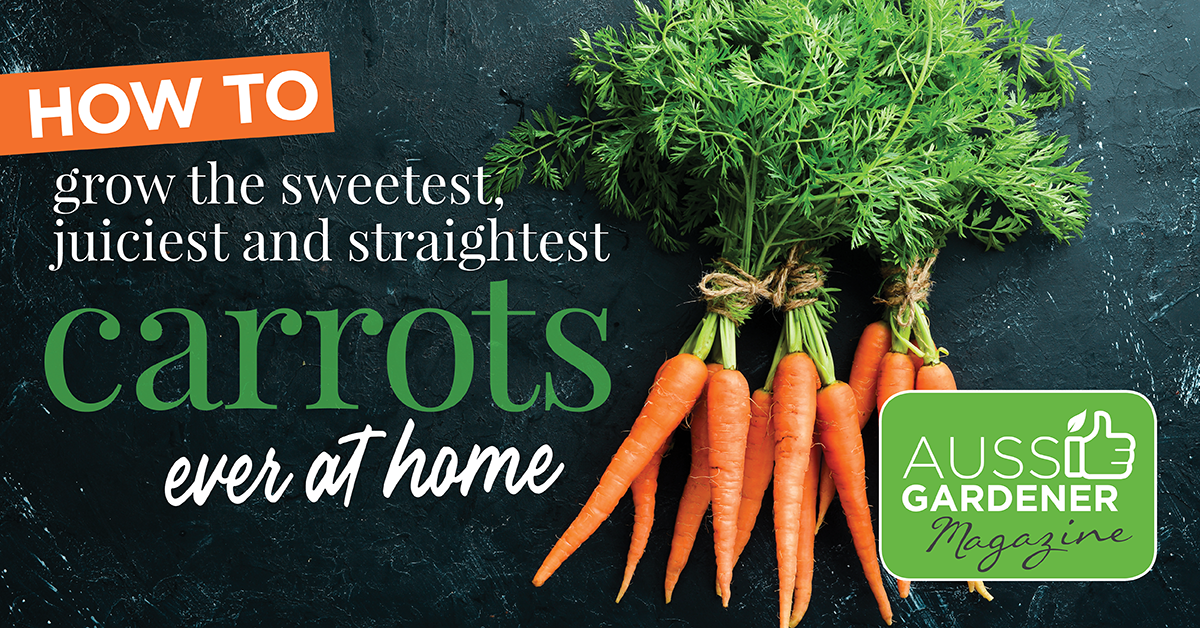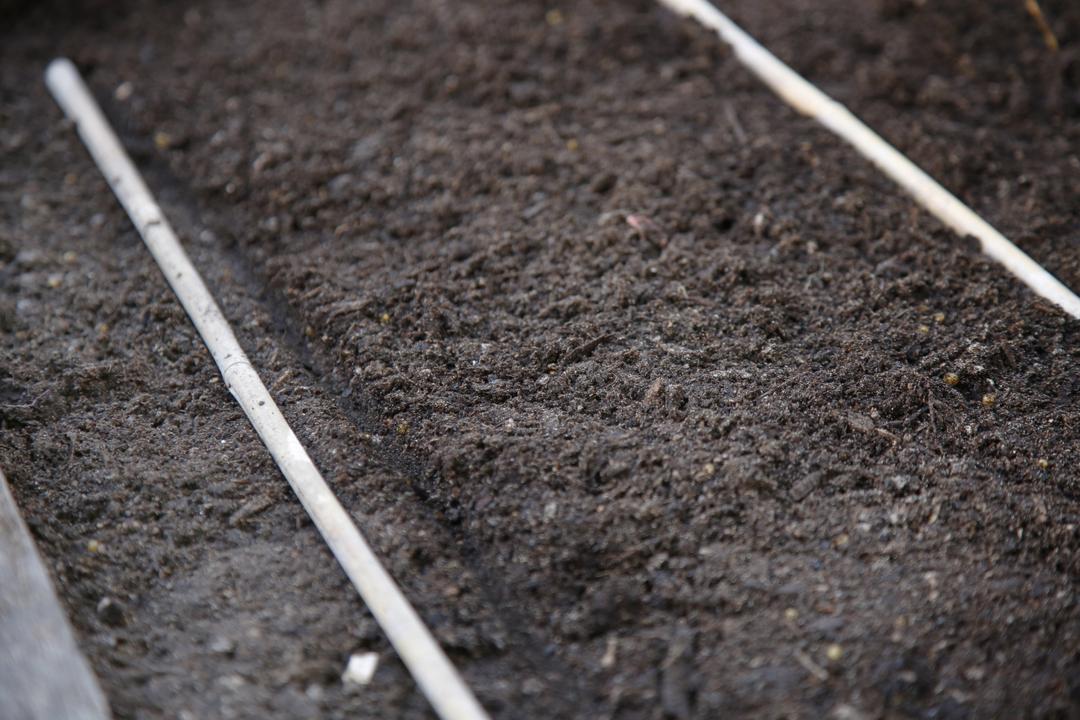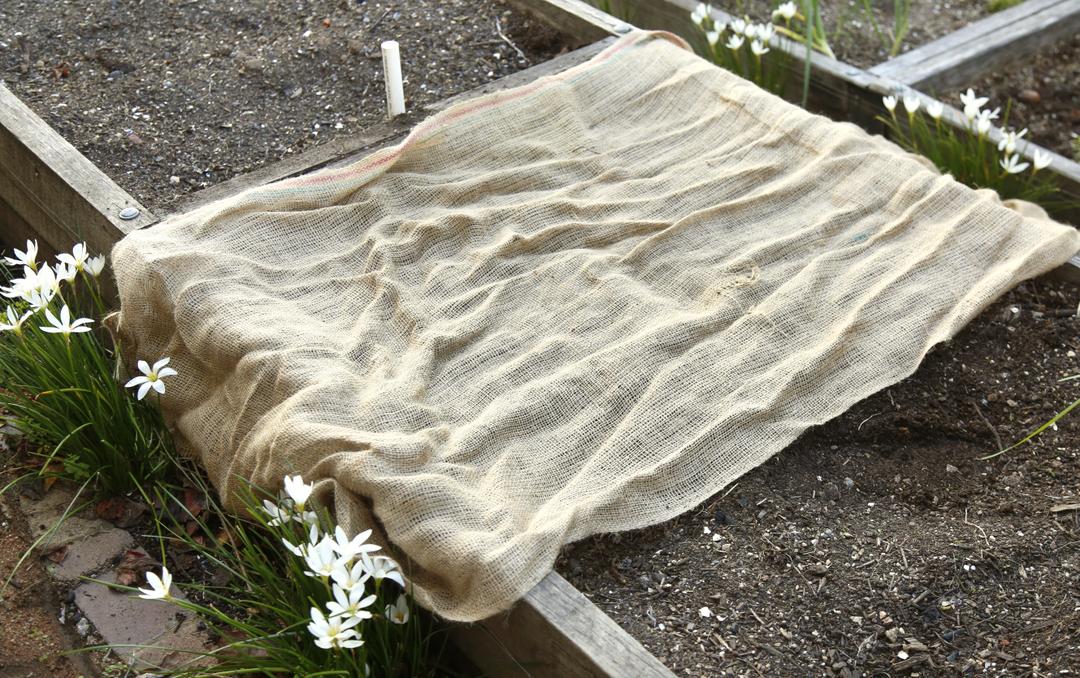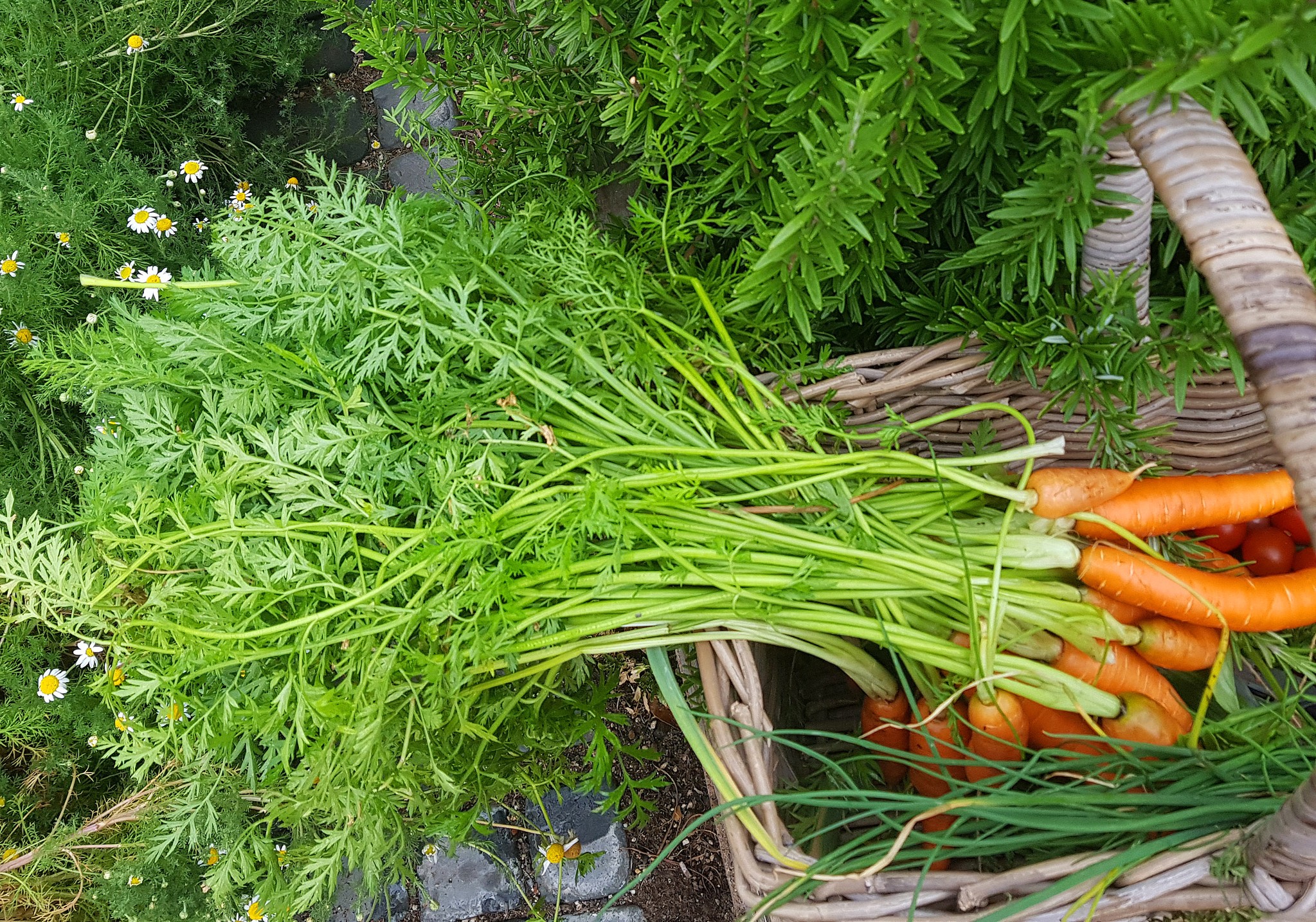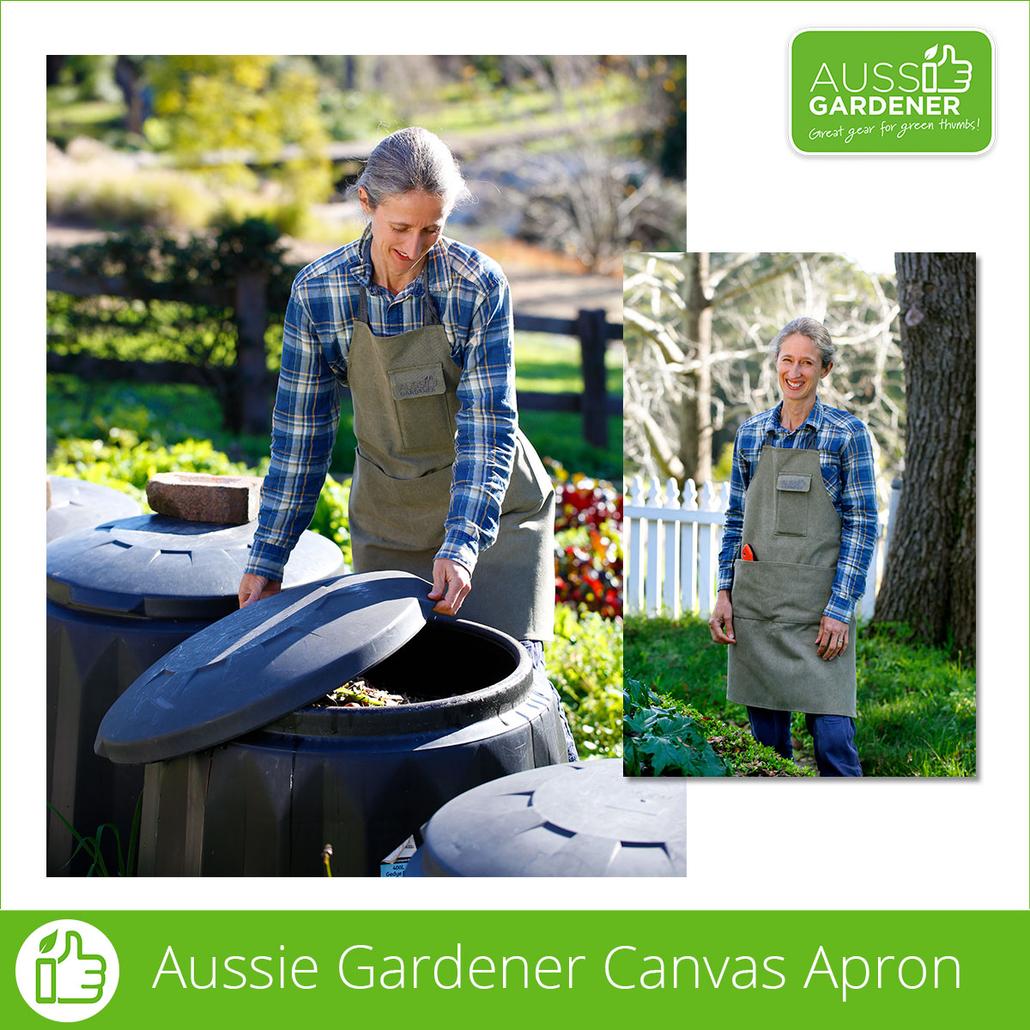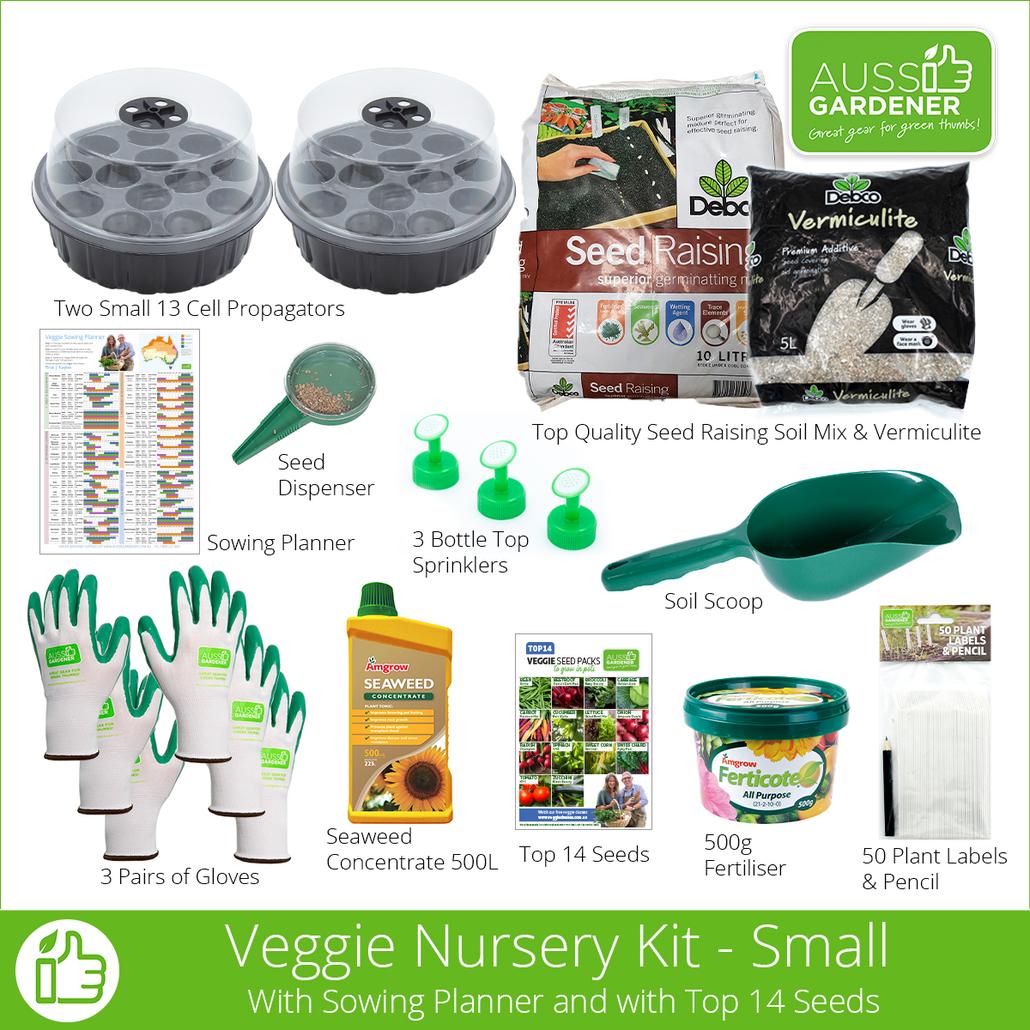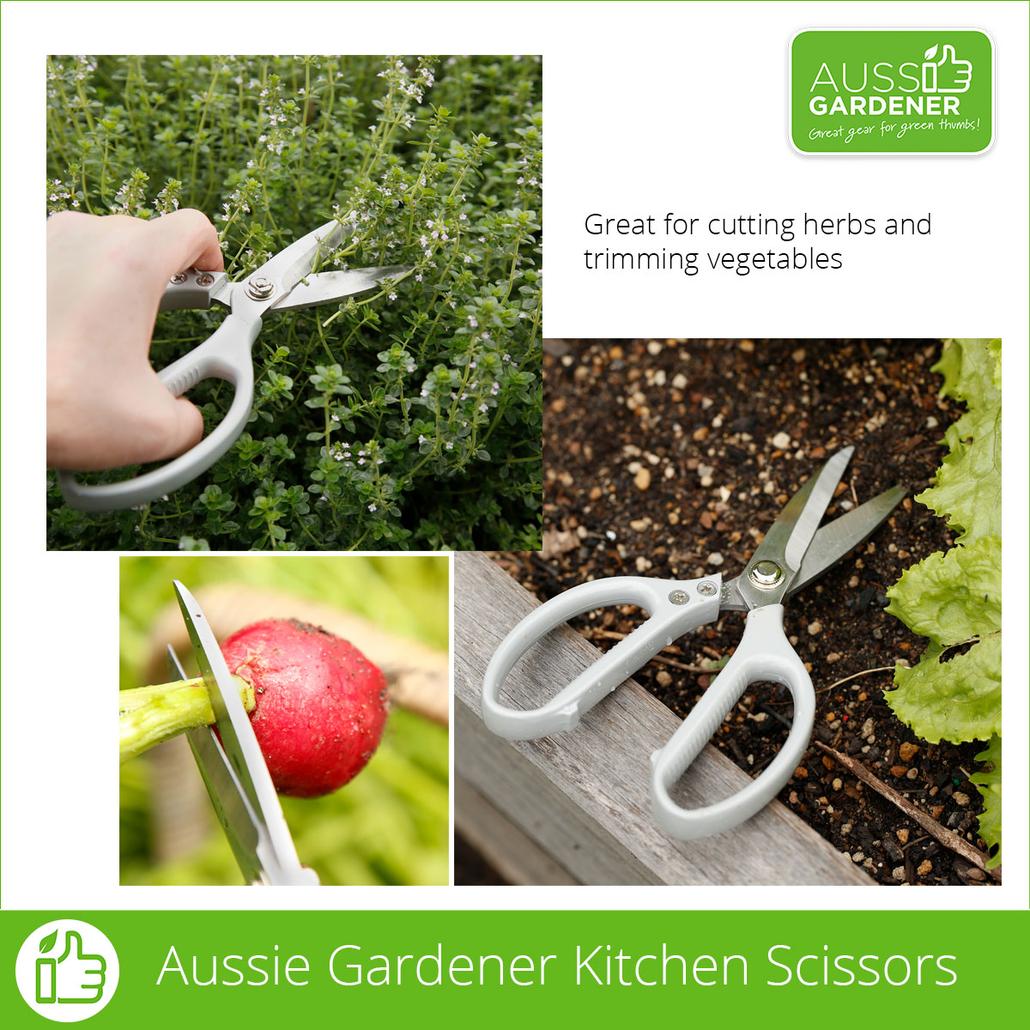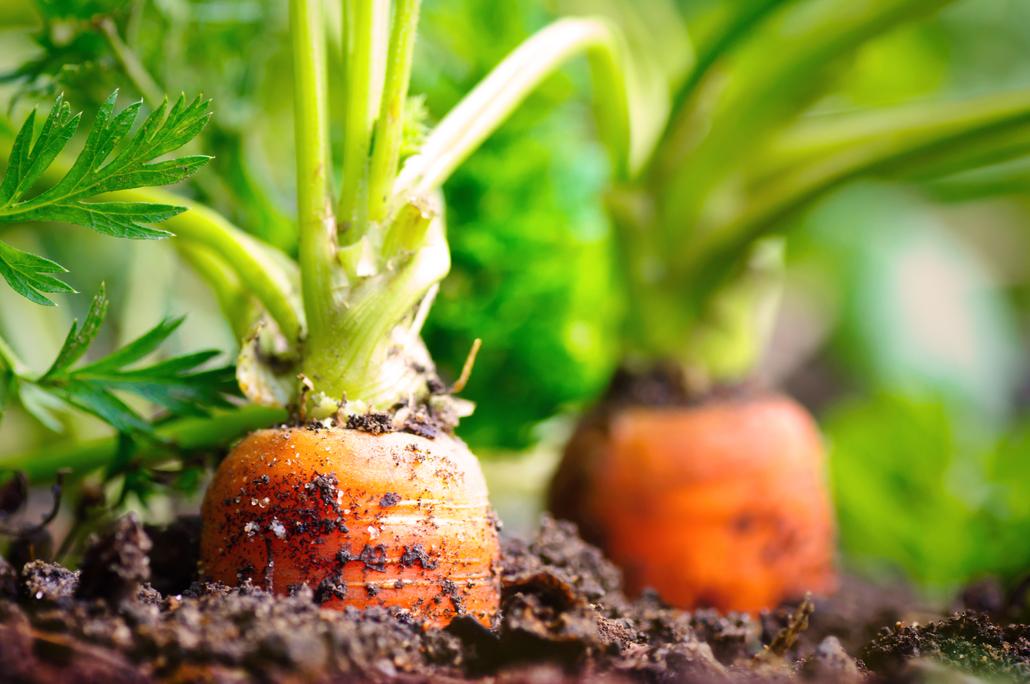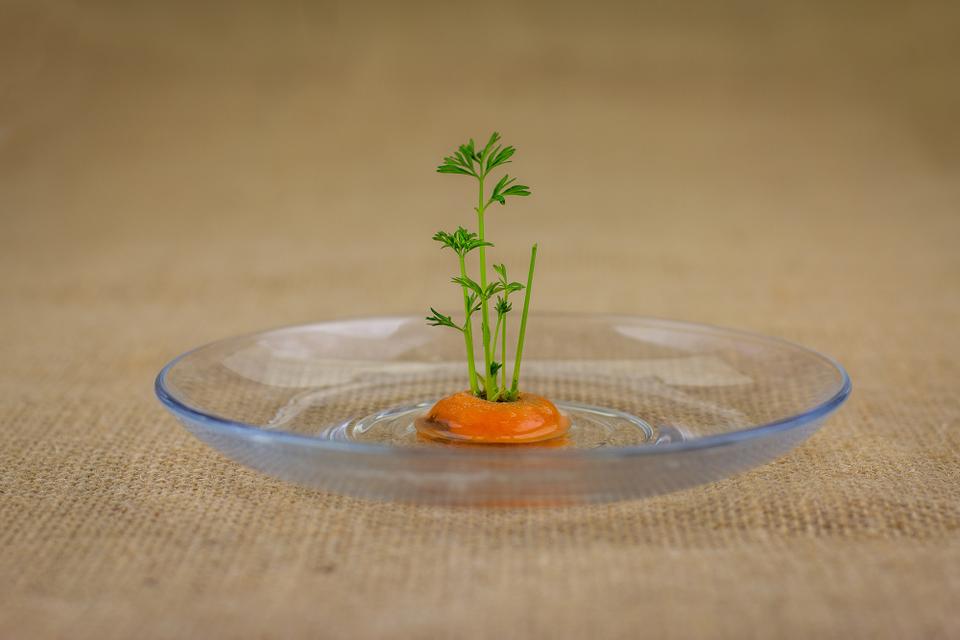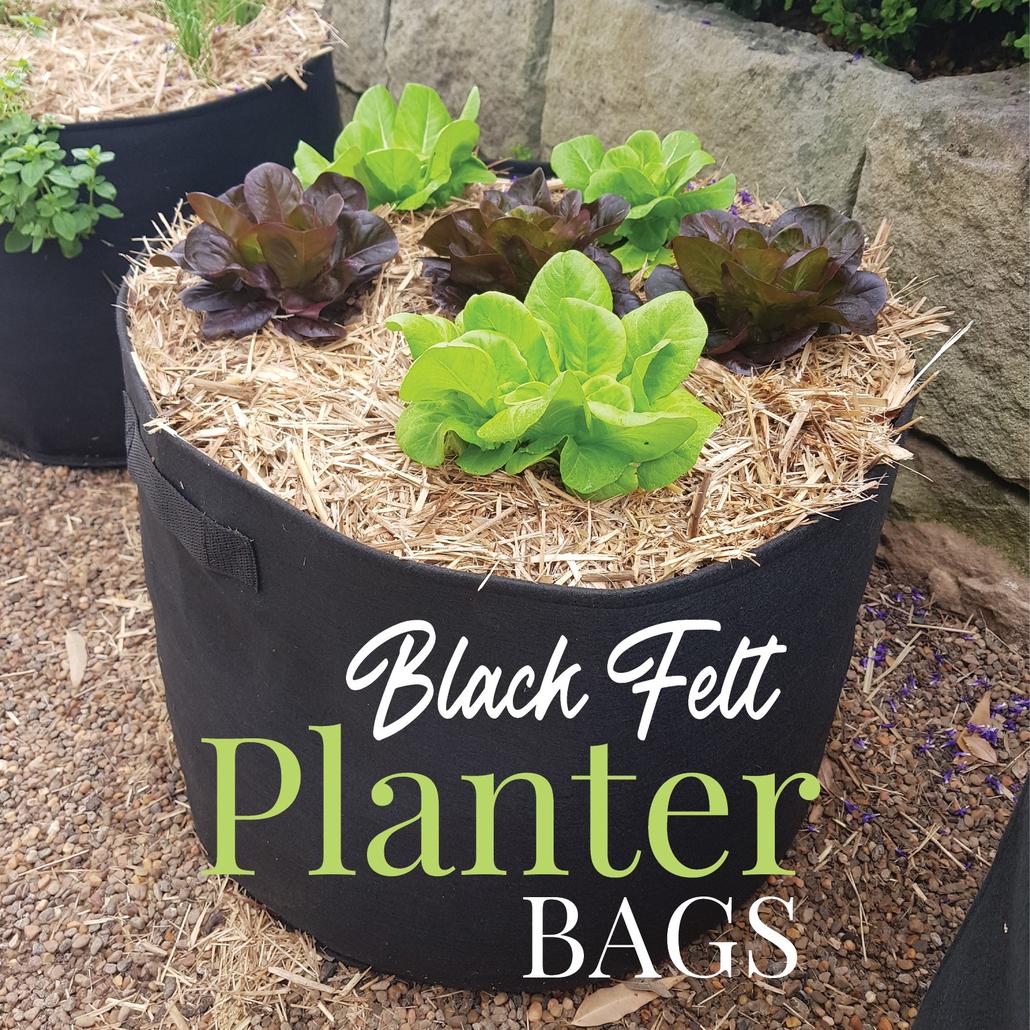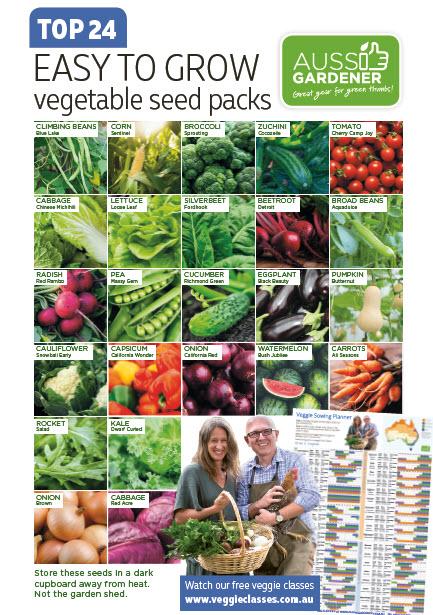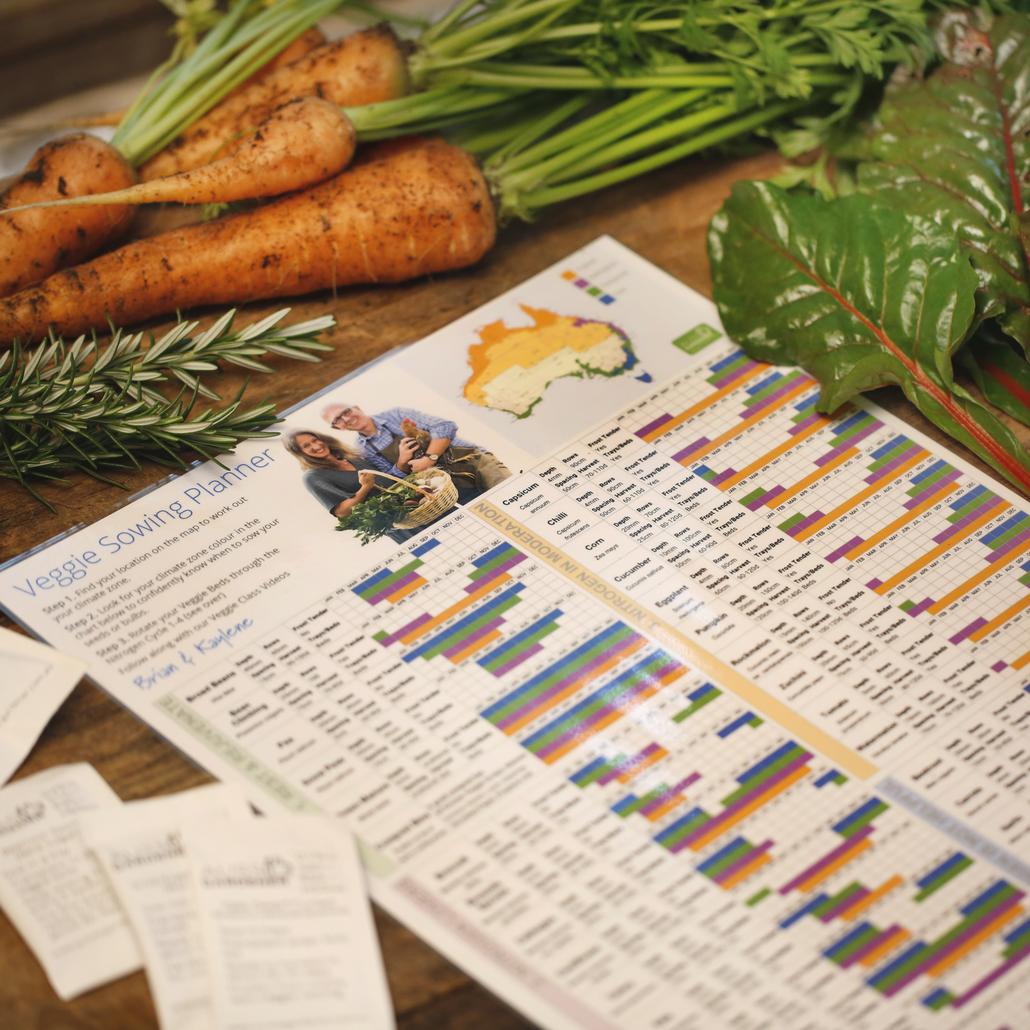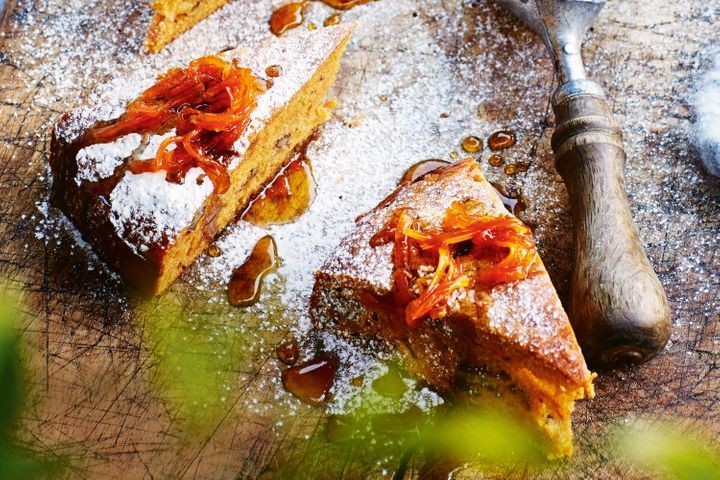Daucus carota – that’s the botanical name you could bring up in dinner conversation to impress your friends
Have you tried a freshly picked carrot? I’m not talking about the ones from the shops that were picked days or weeks ago. I mean straight out of the ground fresh. That is when they have the most amount of sugars and taste really good. Once they are picked and stored, the sugars start converting into starches which are pretty tasteless. So the longer its been since they were picked, the less sweet carrot taste they have.
A bit of interesting Carrot History
Carrots used to be a whole range of colours- purple, yellow, red, white and even black.
In the 1700s the Dutch decided the best colour was Orange to be patriotic to the ruling house of Orange. So the orange carrot as we know so well today was really just a clever political PR stunt back in the 1800s!
You can still get some of the other colour carrot seeds and their is subtle differences in flavour but generally most of the carrots we grow in Australia are going to be that nice bright orange.
Should you buy punnets of carrot seedlings or grow your own?
Even though carrots are sold in punnets at nurseries and hardwares, it doesn’t make any sense to buy them like that. They don’t like being transplanted and you end up with very twisted carrots. Much better to sow carrot seeds directly into well prepared beds. The soil must be soft and fine. No big lumps or rocks as any obstacle they hit when sending their root down will result in a crooked carrot. Some gardeners even go to the effort of sifting their carrot beds through a soil sieve!
We usually dig the bed over using a long Power Planter so that it gets down a good 40cm or so deep. The Power Planter will break up all the clumps and churn any stones to the surface for removal. Once it is well cultivated, water the soil so it is damp ready for sowing seeds.
unprcincl:--:1:|~|:slctvrnt:--::|~|:shwqty:--:true:|~|:qty:--:1:|~|:prdurl:--:/products/power-planter-324:|~|:prdimgtp:--:variant:|~|:prdimgclass:--:zpa-mobile-align--center zpa-align--center pia-37889088:|~|:prdimgalt:--:Power Planter™ 324H:|~|:prdclass:--:ba-37889088:|~|:prdbtnltp:--:product:|~|:prdbtninmncl:--:1:|~|:prdbtninalcl:--:1:|~|:prdbtnelt:--::|~|:prdbtncpt:--:SHOP NOW:|~|:prdbtnclass:--:zpa-button-padding-medium bcss-37889088:|~|:prdbtnalign:--:zp zpa-button-alignment-left:|~|:prdbdhtml:--:
(It is best to have a range of sizes though as the 324h is too long when you are on your knees digging.)
60cm (24inch) long and 7.5cm (3inch) wide
Solid Steel Shaft - Guaranteed not to bend of twist out of shape.
Good for cultivating whole garden beds.
Fits any 18V cordless drill with a 13mm chuck size. (Note: Bosch Green only have 10mm chuck so can not fit this size Power Planter. Stick to the 207, 307 and 312 which are 10mm)
Australian Family Business located in Sydney
Power Planters are a patented design hand made in the USA
Drilling a tunnel under a path.
Mixing a barrow load of concrete.
Deep Watering/Fertilising holes for trees.
Aerating a Compost Heap.
N.B. The price does not include the Dewalt Drill shown in the demonstration images. The Power Planter can fit onto any standard Australian 18v cordless drills with 13mm chuck opening. (eg. Ryobi, Bosch Blue, Black and Decker, AEG, DeWalt, etc )
:|~|:mcontclstclass:--:cac-37889093:|~|:mcontclass:--:zpa-plain-product-022-v3 zpa-plain-product-022 cluster-padding-medium zpa-block-stacking--ltr zpa-block-valign--top ba-37889093:|~|:imgpos:--:left:|~|:handle:--:power-planter-324:|~|:eid:--:37889088:|~|:descclass:--:pda-37889088:|~|:dcrt3class:--:ba-37889089:|~|:dcrt2class:--:ba-37889092:|~|:dcrt1class:--:ba-37889091:|~|:crtmsgclass:--:pcma-37889088:|~|:clstid:--:8134421:|~|:brdclass:--:ba-37889090:|~|:addcrtmsg:--:Product has been added to cart
A long Power Planter will do the job of breaking up the soil super fine for carrots
If you have clay soil, you will have better success growing Carrots in raised beds or planter bags. These Black Planter Bags would be perfect for it as they are 40cm deep and 55cm wide and can be used year after year for different veggies.
Geotech Felt Planter Bags will last for years outdoors and are a great way to set up a veggie patch in a small space.
Carrot seeds are very small and great value for money. You often get 500+ seeds in a pack. That’s a lot of carrots.
They can be sown now in April for those in Temperate, Subtropical or Tropical Zones. If you are in a Cool zone wait until August.
Carrots need full sun and grow well in rows and look nice too. Use a bamboo stake lengthways to press into the soil and create a long trench 1cm deep.
Because the seeds are so small its hard to sow them evenly. There are a couple of methods you can use.
Get a pinch of seeds between your fingers and sprinkle them into the 1cm deep trench you have created in the soil. Rubbing your fingers together like you are adding spice to a dish. If your eyes are good you could use tweezers to sow them about 3cm apart.
Use a Seed Dispenser . We use this one to make it much easier to dispense small seeds with less wastage. It has a dial and holes for different sized seeds. Carrots would be the smallest hole being number 1.
Mix the seeds with dry river sand and then pour the sand mix along your trench. As long as the seed is thoroughly mixed with the sand, it makes it easier to more evenly spread the seeds along the planting trench.
Each row should be about 25cm apart. Cover the soil back over very gently and give it a water.
If you try and water with a hose, you are likely to knock all the seeds out so we use these Bottle Top Sprinklers that make use of discarded soft drink bottles and do a brilliant job of gently watering young seedlings without disturbing them. Great for kids to have a go at too and no chance of them squirting you with the bottle of water! It only comes out softly. :-)
They will take about 10 days to start sprouting up. During this initial period you will need to really take care of them because they are so small. The soil needs to remain damp. Try laying some hessian or shadecloth over the bed but remove it when you see them sprouting.
unprcincl:--:1:|~|:slctvrnt:--::|~|:shwqty:--:true:|~|:shwimglbl:--:false:|~|:qty:--:1:|~|:prdurl:--:/cart:|~|:prdttlclass:--:pta-37889197:|~|:prdttl:--:
Mini Seed Dispenser - Adjusts for different size seeds
:|~|:prdimgtp:--:variant:|~|:prdimgsrcset:--::|~|:prdimglblttl:--:BEST VALUE:|~|:prdimglblattr:--:class="zpa-image-label zpa-image-label--top-left zp pila-37889197":|~|:prdimgclass:--:zpa-mobile-align--center zpa-align--center pia-37889197:|~|:prdimgalt:--:Mini Seed Dispenser - Adjusts for different size seeds:|~|:prdimg:--:https://cdn.shopify.com/s/files/1/1413/8314/products/Mini-Seeder-white-AGGD736.jpg?v=1594700715:|~|:prdclass:--:ba-37889197:|~|:prdbtnltp:--:cart:|~|:prdbtninmncl:--:1:|~|:prdbtninalcl:--:1:|~|:prdbtnelt:--::|~|:prdbtncpt:--:BUY NOW!:|~|:prdbtnclass:--:zpa-button-padding-medium bcss-37889197:|~|:prdbtnalign:--:zp zpa-button-alignment-center:|~|:handle:--:seed-distributor-adjusts-for-different-seed-sizes:|~|:eid:--:37889197:|~|:dcrt3class:--:ba-37889199:|~|:dcrt2class:--:ba-37889204:|~|:dcrt1class:--:ba-37889202:|~|:crtmsgclass:--:pcma-37889197:|~|:brdclass:--:ba-37889201:|~|:blckscnt:--:2:|~|:addcrtmsg:--:Product has been added to cart unprcincl:--:1:|~|:slctvrnt:--::|~|:shwqty:--:true:|~|:shwimglbl:--:false:|~|:qty:--:1:|~|:prdurl:--:/cart:|~|:prdttlclass:--:pta-37889196:|~|:prdttl:--:
Bottle Top Sprinkler Pack Of 3
:|~|:prdimgtp:--:variant:|~|:prdimgsrcset:--::|~|:prdimglblttl:--:BEST VALUE:|~|:prdimglblattr:--:class="zpa-image-label zpa-image-label--top-left zp pila-37889196":|~|:prdimgclass:--:zpa-mobile-align--center zpa-align--center pia-37889196:|~|:prdimgalt:--:Bottle Top Sprinkler Pack Of 3:|~|:prdimg:--:https://cdn.shopify.com/s/files/1/1413/8314/products/Bottle-Top-Seedling-Sprinkler-white-AGGD621.jpg?v=1594700486:|~|:prdclass:--:ba-37889196:|~|:prdbtnltp:--:cart:|~|:prdbtninmncl:--:1:|~|:prdbtninalcl:--:1:|~|:prdbtnelt:--::|~|:prdbtncpt:--:BUY NOW!:|~|:prdbtnclass:--:zpa-button-padding-medium bcss-37889196:|~|:prdbtnalign:--:zp zpa-button-alignment-center:|~|:handle:--:bottle-top-sprinkler-pack-of-3:|~|:eid:--:37889196:|~|:dcrt3class:--:ba-37889198:|~|:dcrt2class:--:ba-37889203:|~|:dcrt1class:--:ba-37889205:|~|:crtmsgclass:--:pcma-37889196:|~|:brdclass:--:ba-37889200:|~|:blckscnt:--:2:|~|:addcrtmsg:--:Product has been added to cart
Hessian is a great way to stop the soil drying out for shallow seeds like carrots
They usually germinate well so you will end up with too many carrot seedlings growing and if left, they will be overcrowded and you’ll get stunted carrots. As wrong as it feels you will be best to pull out a lot of the seedlings and only leave a strong one every 3cm approximately. All those green baby plants you pull out are edible, so add them to a salad for a nice carrot flavour or fry them up.
As the carrots grow, water them daily or as needed. The soil needs to be kept damp but not saturated or they will rot. If the green tops are starting to wilt it’s a sure sign the soil has become too dry. If this happens too often you may end up with cracked carrots. Try and keep the soil damp and you should be right.
Unlike other veggies, they generally don’t need liquid fertilisers, but they will grow stronger with a weekly half strength feed of Amgrows Seaweed Concentrate (or Seasol ). It acts as a tonic that stimulates strong root growth.
Which Fertiliser should I use for carrots?
Which Fertiliser should I use for carrots?
It’s also important to remember that carrots are a root vegetable, not a leaf vegetable.
Roots mainly need Phosphorus to grow well.
Leaves mainly need Nitrogen
Flowers and Fruits mainly Need Potassium .
So if you add too much nitrogen to the bed, the plants will put all their energy into growing lots of leaves but very piddly roots.
So what should you fertilise with? Quite likely nothing because they don’t need high nutrients to grow. If you practice crop rotation (changing what you grow in a bed each season) then you would grow plants that ‘eat’ lots of Nitrogen first and then when there is very little left you plant carrots.
If you’d like to learn how to practice crop rotation in your beds, we have a series of FREE Veggie Classes online that you can sign up for.
Fertilisers like Blood and Bone or manure pellets are high nitrogen so keep those well away from your carrot beds.
Canvas Garden Apron
Easy to slip on without having to change into gardening clothes.
Veggie Nursery Kit
Everything you need to start growing veggies at home.
Kitchen Harvesting Scissors
Stainless steel blades. Aluminium handles. Made to last. Best scissors you will own.
What pests attack carrots?
There is no need to cover carrots with veggie net as there are not many bugs which try to eat them. Sometimes you may get tiny Carrot Flies. They lay eggs in the soil, the larvae hatches and has a munch on your carrots. With crop rotation mentioned above, you would not grow carrots in the same bed again for a couple of seasons to stop the carrot fly larvae.
Sometimes you get little surprises like these two carrots having a cuddle
How long does it take for Carrots to grow?
It will take about 8-9 weeks for your carrots to be a good size to harvest, making this a pretty fast crop to grow. You will see the orange heads sometimes poking out of the ground.. We usually start pulling them out when we see the heads and leave the others to keep growing. You might like to harvest some baby carrots a few weeks earlier.
Grasp the foliage and gently pull up and the carrot should come out easily.
Storing Carrots
Even though the green leafy tops look nice, it’s important to remove them when you harvest because they continue to draw moisture out and you will end up with limp carrots. So the best bet is to cut off the leaves when you harvest, wash and dry the carrots and store them in your fridge crisper.
All those leaves you cut off can either go into the compost bin, or you can finely chop some up and sprinkle over salads.
Can you grow new carrots from their tops?
Funnily enough this is one of the highest searched carrot questions on google and the answer is no. When you place a carrot top in a shallow dish of water in a sunny spot, it will sprout leaves on top but wont grow the typical big orange root back. For that you need to sow seeds.
Geofelt Planter Bags
Easy to move about and built really tough to last for several years of use, now everyone can have a go at growing veggies.
4 Seasons of Veggie Seeds
We have put together 24 of the best growing varieties of vegetables in one easy kit. Nothing Genetically modified. All good solid varieties that have been growing in australia for the last 20 or more years. Enough for a full year of veggie growing (and more)
Veggie Sowing Planner
The complete guide for when to plant your veggies and how long they will take to harvest. Covers all of Australia and is very easy to follow. Covers seed depth, row spacing, frost sensitivity, harvest timeframe, crop rotation and planning out your beds.
Why are carrots so good for you?
Not only are they so versatile eaten raw or in juices, dips, roasted, steamed and stir fries but they are full of good stuff like beta carotene which our bodies converts into Vitamin A and gives us good eyesight and strong immunity.
Biotin – A B Vitamin that helps us metabolise fat and protein. They also make us feel full and have low calories so would be a good one to include in a weight loss diet.
Fibre – we all know that stops us getting clogged up doing Number 2’s!
Vitamin K1 – is for our bone health and also blood coagulation.
Potassium – helps to control our blood pressure.
Vitamin B6 – a group of vitamins that helps us convert food into energy.
Antioxidants – Those antioxidants have been shown to reduce the risk of cancer particularly prostrate, colon and stomach cancers.
If you are skipping out on eating carrots, your body might be wishing you didn’t
To get you inspired here are 2 of our favourite carrot recipes to enjoy these orange wonders.
CARROT CAKE
HONEY SESAME BABY CARROTS

